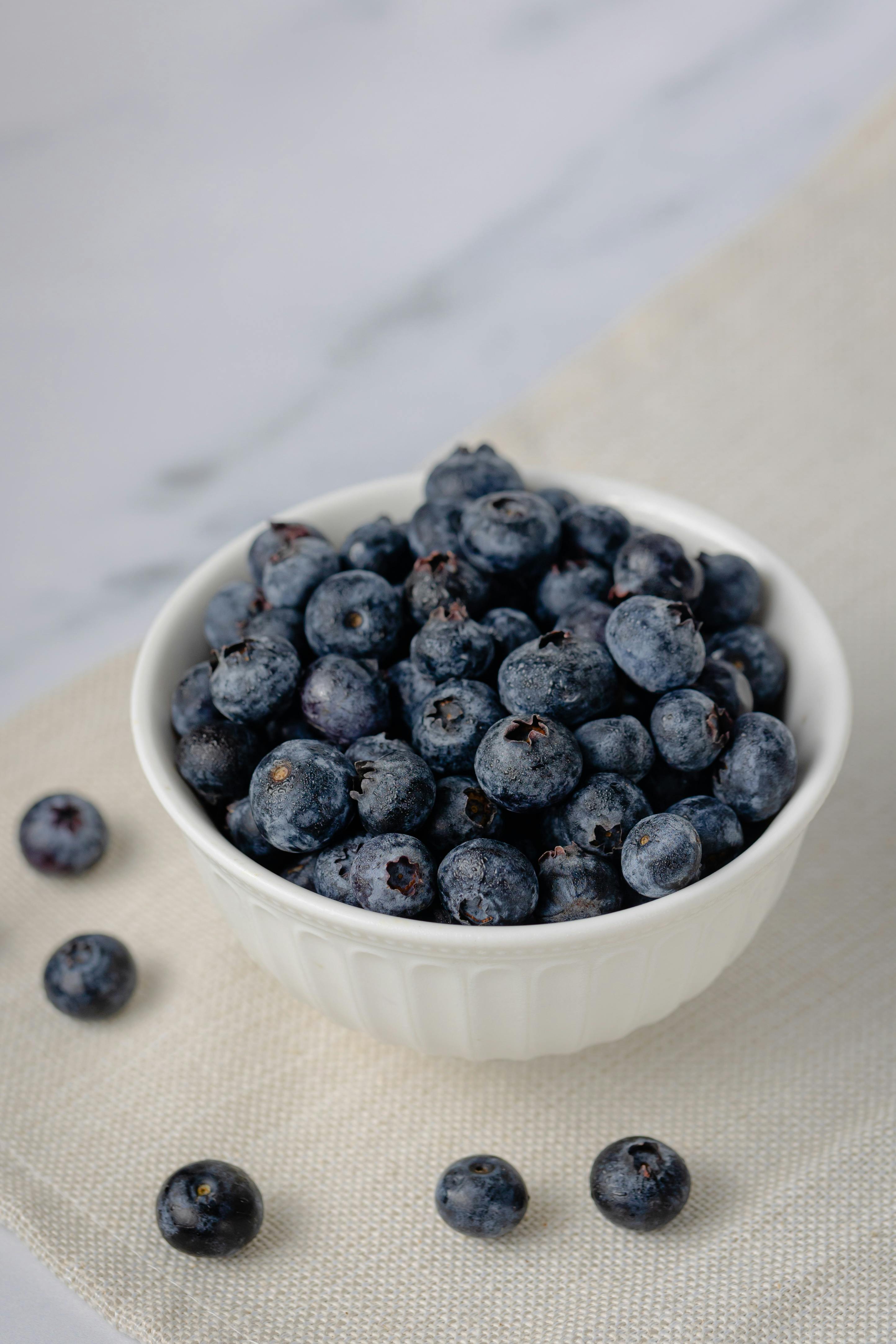How to Properly Sugar Wax and Achieve Silky Skin in 2025
Sugar waxing, a natural hair removal method, is gaining popularity for its effectiveness and simplicity. This technique involves using a sugar-based paste that adheres to the hair and removes it from the roots, leaving behind a smooth surface. With the start of 2025, more individuals are seeking out ways to achieve silky skin without relying on harsh chemicals or traditional waxing methods. This article will guide you through the process of sugar waxing, offering tips, a straightforward recipe, and insights on how it benefits your skin.
In addition to the practical steps, we’ll explore the advantages of using sugar wax over other hair removal techniques, including its compatibility with sensitive skin types. The article will also highlight essential supplies and share some expert advice for beginners who want to master the art of sugar waxing. With our detailed sugar wax tutorial, you’ll be well on your way to achieving salon-worthy results at home. Let’s dive in!
Key Takeaways: This guide includes a sugar wax recipe, application techniques, tips for effective removal, and aftercare advice to help you enjoy the benefits of sugar waxing, making your skin silky smooth.
Essential Ingredients for Sugar Waxing
Before you embark on your sugar waxing journey, it's important to know the simple ingredients you'll need to create the perfect paste. The primary components of sugar wax are sugar, water, and lemon juice. These natural ingredients not only help in hair removal but also offer additional skincare benefits.
1. Sugar: The Foundation of Your Wax
Sugar is the main component of your sugar wax. It acts as a natural exfoliant, helping to remove dead skin cells along with unwanted hair. When heated, sugar melts into a thick paste that adheres effectively to hair. Use granulated sugar for the best results, as it melts evenly during the cooking process.
2. Water: The Solvent
Water is critical in making the sugar wax mixture. It helps dissolve the sugar at a certain temperature, leading to the right consistency for waxing. The water should be heated gently to avoid burning the sugar, as this will affect the texture.
3. Lemon Juice: The Acidic Element
Lemon juice not only provides an acidic component that helps in breaking down sugar but also acts as a natural preservative. It offers antibacterial properties that can help protect the skin and improve its overall health. The citrus scent of lemon also adds a refreshing touch to your waxing experience.
DIY Sugar Wax Recipe
Now that you are familiar with the ingredients, let’s move on to the sugar wax recipe. This simple method allows you to create your own sugar wax at home as part of a DIY beauty routine.
Step-by-Step Instructions
To make sugar wax, combine 2 cups of granulated sugar, 1/4 cup of water, and the juice of one lemon in a medium saucepan. Start by cooking the mixture over medium heat, stirring gently until the sugar dissolves. Once dissolved, increase the heat until it begins to boil.
Keep an eye on the mixture as it cooks, swirling the pan occasionally. The wax is ready when it turns a golden amber color and reaches a thick, honey-like consistency. This process usually takes about 10 minutes. Remove it from heat and let it cool down to a safe temperature before use.
Tips for the Perfect Consistency
The ideal sugar wax should have a soft, pliable texture that can be easily manipulated. If it becomes too hard, you can add a bit more water and reheat it gently. Conversely, if it's too sticky, it hasn't cooked long enough. The perfect texture will allow it to grasp the hair without being overly sticky on the skin.
Application Techniques for Sugar Waxing
With your sugar wax prepared, the next step is how to apply it effectively. Proper application can lead to better results and a more enjoyable experience.
Using Sugar Wax on Legs
To sugar wax your legs, start by ensuring that the skin is clean and dry. If possible, exfoliate beforehand to remove any dead skin cells. Take a small amount of sugar wax in your hands and roll it into a ball. Flatten the ball into a disc and press it onto the area you want to wax, always in the direction of hair growth.
Quickly pull the wax off against the direction of hair growth. This helps in removing the hair from the root, providing longer-lasting results. It’s important to keep the skin taut while pulling to minimize discomfort.
Using Sugar Wax for the Bikini Area
Sugar waxing the bikini area can be slightly more challenging due to the sensitivity of the skin. It’s critical to use a small amount of wax and apply it carefully. Always apply the wax in small sections and be gentle. After pulling off the wax, soothe the area with a nourishing oil or lotion.
Tips for Effective Sugar Waxing on Sensitive Skin
If you have sensitive skin, consider testing the wax on a small area first. A good sugar wax for sensitive skin will be gentle and less likely to cause irritation. Additionally, ensure your sugar wax is at a comfortable temperature before applying it to prevent burning the skin.
Sugar Waxing Benefits and Aftercare
Understanding the benefits of sugar waxing will help you appreciate why this hair removal method is worth trying. Beyond the immediate results, sugar waxing offers long-term advantages for your skin.
Benefits of Sugar Waxing
Sugar waxing is less painful than traditional waxing methods, primarily because it adheres to the hair rather than the skin. This results in less irritation and a lower likelihood of ingrown hairs. Additionally, sugar is a natural exfoliant, so it helps in rejuvenating the skin.
Moreover, sugar wax is easy to clean up, as it dissolves in water. This makes it an eco-friendly choice for hair removal compared to chemical alternatives.
Aftercare for Best Results
After waxing, it’s essential to care for your skin properly. Apply a soothing lotion or aloe vera to calm the skin and help reduce redness or irritation. Avoid hot baths, sun exposure, or heavy fragrances for at least 24 hours after waxing, as your skin may be more sensitive.
Common Mistakes and How to Avoid Them
One common mistake is applying the sugar wax too thickly or not pulling it off quickly enough. Remember to apply a thin layer and remove it swiftly to achieve the best results. It's also crucial to ensure that the wax is the right temperature before use; if it's too hot, it may cause burns, while cool wax won't adhere effectively.
Conclusion: Your Journey to Silky Skin with Sugar Waxing
Mastering the sugar waxing technique can transform your hair removal routine, leading to silky skin and a more natural approach to beauty. With the tips and recipes provided in this guide, you can confidently try sugar waxing at home. Remember to practice your technique for optimal results and enjoy the journey of discovering a beauty method that both benefits your skin and respects its natural balance.
Try your own homemade sugar wax today, and step confidently into a world of smooth, radiant skin!
 example.com/image2.png
example.com/image2.png
 example.com/image3.png
example.com/image3.png 